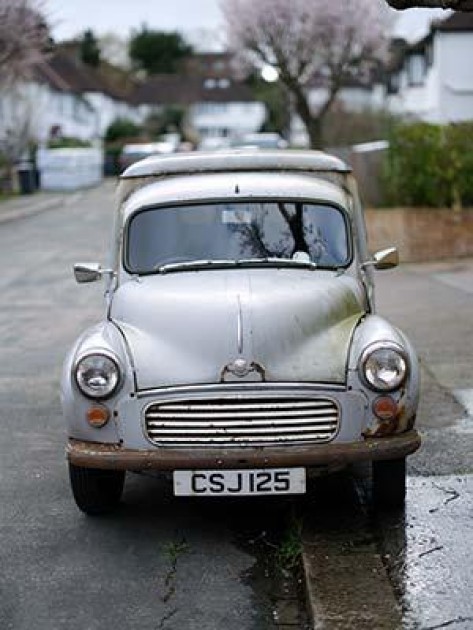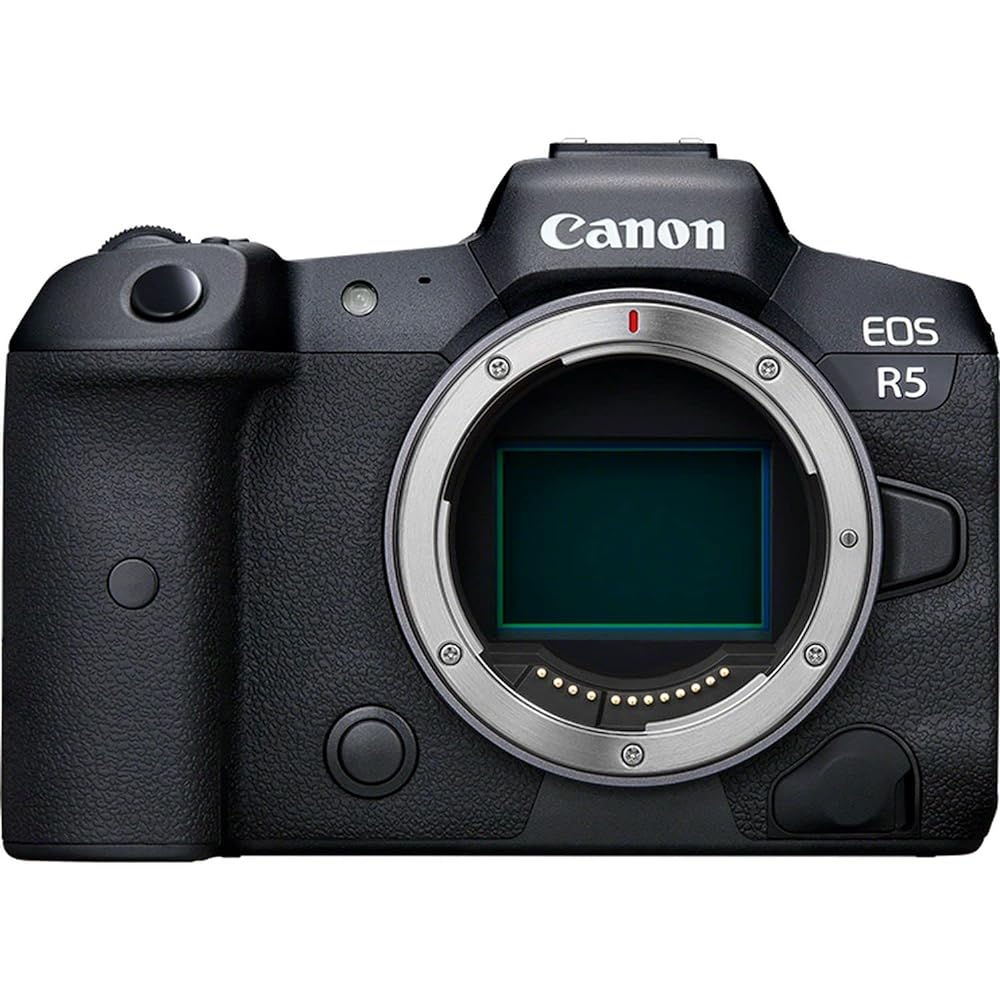Heroes of the air: to save lives, the crews of the 15th Wing air rescue station in Cervia, northern Italy, are out in their helicopters day and night. Alessandro Barteletti accompanied them, documenting the extreme conditions they work under with the new Leica SL2-S, and capturing breathtaking images in the process.
In addition to other genres, you’ve been practising aviation photography since 2009. Why?
Aviation has always been one of my greatest passions alongside photography: inevitably, they had to meet one day. 2009 celebrated an important anniversary: a century of flight in Italy. In just one hundred years, air planes have become part of our lives and our society, changing our habits. Until then I had mainly shot portraits and documentary photographs, and thanks to this experience I started looking at the field of aviation with a new awareness: an aircraft is a creation of man. This is why the plane is often part of the scene in my pictures, together with the men who make our dreams about flying reality.
What fascinates you about photographing people who work for save and rescue units?
I’ll answer by telling who they are and what they do. The air rescuers of the 15th Wing are a special and exclusive unit of the Aeronautica Militare – the Italian Air Force: just over 200 have been trained in the last 50 years. The department operates 24/7, with mission times ranging between 30 and 120 minutes. They operate with helicopters, the HH-139 to be precise: once they arrive, they locate the victims, they descend, they rescue and secure them, and then they bring them up. Air rescuers operate at sea and on land, including in the mountains. They deploy for both “common” shipwrecks, and for more complex missions, including storms, earthquakes, natural disasters and refugees operations. In short, they’re climbers and frogmen who keep going when others stop. Yes, I can affirm that this is one of the most incredible jobs I’ve ever observed, and one of the most amazing stories I’ve ever told in all my life.
You used a Leica SL2-S camera to photograph this project. How did it perform?
Thanks to Leica Camera Italy, I was able to try out a preview of the SL2-S, while working on this project. It was a positive experience, mainly for two reasons: it’s very quick and reliable even in the most chaotic situations, and it has an excellent sensor in low light conditions.
Which lenses did you use?
I chose the Leica Super-Vario-Elmar SL 16-35mm f/3.5-4.5 ASPH to stay very close to the subjects and the action, and the Leica Vario-Elmarit-SL 24-90mm f/2.8-4 ASPH. These lenses combine the versatility of a zoom – essential in fast-paced situations – with an image quality that, before the SL system, only belonged to certain prime lenses. That’s extraordinary. The right shot could be the result of time and patience, or of rare opportunities. Now I can rely on an instrument with uncompromising quality. I can’t give up this added value.
From a technical perspective, were there any tricky situations?
There’s a picture which required a particular preparation: it’s the one shot at sea, with splashes of water on the lens, the helicopter in the background, and the air rescuer swimming towards me. I placed the camera to reflect a shipwrecked person’s point of view, to convey all the sensations and emotions of that specific situation. I was actually on a rubber boat, but the camera was almost touching the water. I was wearing waterproof clothes from head to toe, and the camera was protected by an underwater housing, too. Despite the distance, the helicopter’s blades stirred up so much water. Its force is impressive. This kind of picture involves many people behind the scenes, and it couldn’t have been realised without the support of the Aeronautica Militare, to whom I’m very grateful.
As an aviation photographer you can’t suffer from vertigo. Nevertheless I guess shooting those kind of pictures is a big and thrilling challenge. How do you deal with these extreme situations?
To be honest, I do suffer from vertigo. It’s funny to have difficulties in climbing a ladder at home and, at the same time, to shoot from the open hold door of a plane while it’s flying. Maybe it’s thanks to concentration, adrenaline, or my camera that’s my shield. I’m lucky.
Your breathtaking images prove that you were very close to your protagonists…
Everything that happens on board is the result of a team effort, where everyone’s life is in each other’s hands: training and professionalism are excellent. A photographer is a outsider. So you can’t just impulsively follow the perfect shot: you have to respect the rules. That’s also why we are always given a very detailed briefing before flying: everyone knows what to do and where to be during every phase of the mission.
Was there any moment when you were anxious?
It’s not anxiety, it’s concentration of the kind you have before an important competition, and it’s fundamental to act responsibly: you review every phase of the mission, the emergency procedures, the moments when you can or can’t shoot. Everything must be perfect.
Do you have a favourite picture of the series?
It’s a vertical picture, framed from the running board of the helicopter; and down below there’s the sea. The air movement generated by the rotor draw circles and ripples. Then there’s the air rescuer, hanging on the winch. he’s looking up at the on-board operator: he trusts him totally. This is my favourite picture, because it shows the faith I was talking about.
How would you describe your own photographic approach?
I have always had a respectful approach to my subjects and their stories. My photography is journalistic, not artistic, and so authenticity in fundamental; also in the post production phase. I want to convey confidence to the viewer. It’s my duty towards the stories I tell and their protagonists.
What is the most important skill a photographer should have?
Respect.
Please complete the following sentence: “Photography is (to me) …
…a reason to always be curious, a way to learn more, the opportunity to have a privileged point of view. This privilege also carries the responsibility of telling a story and sharing it with the world. In my opinion this is the mission of both photography and myself too.
Through his photos, Alessandro Barteletti has been revealing the reality behind news stories, as well as social and sports events, for almost 20 years. Being keen on anything that can be driven fast, on the roads or flying in the sky, he has specialized in the auto, aviation and space industries. He collaborates periodically with the most important magazines. Among his clients are, National Geographic Italia, Dallara Automobili, The Official Ferrari Magazine, AutoItaliana, Italian Air Force. He also teaches photography. A certified-by-Leica photographer since 2019, Barteletti currently lives between Rome – where he was born in 1981 – and Modena, the heart of Motor Valley. Find out more about his photography on his website and Instagram channel.
Leica SL2
Es ist Ihre Entscheidung.








